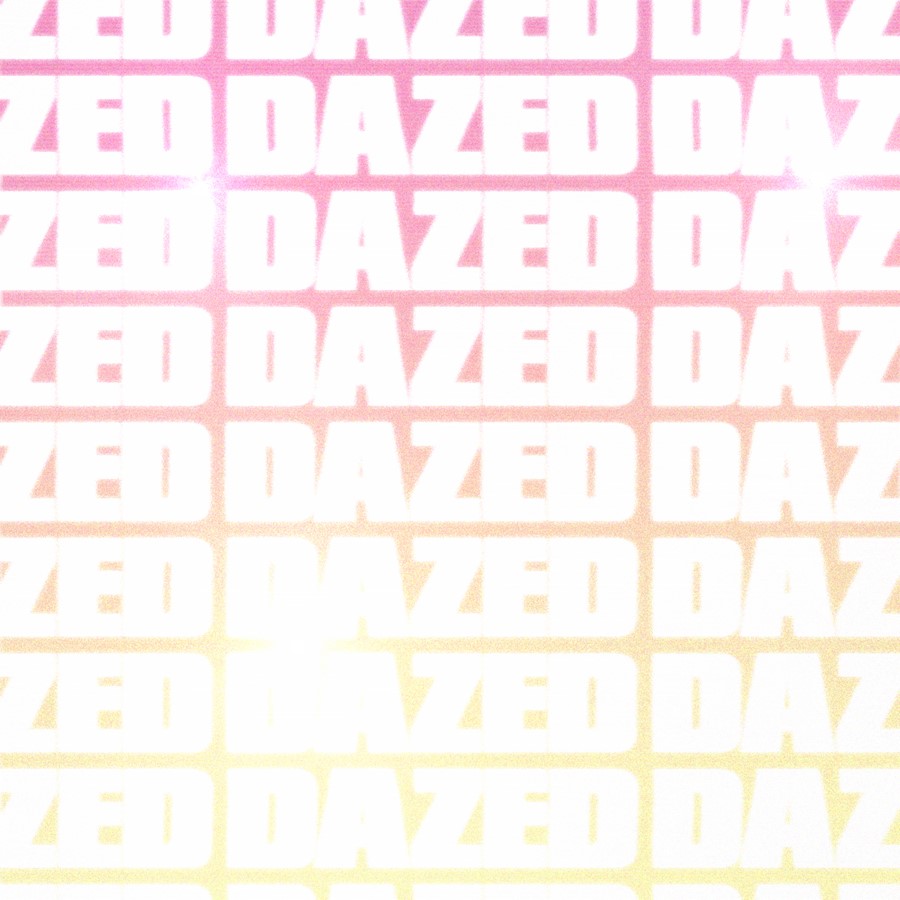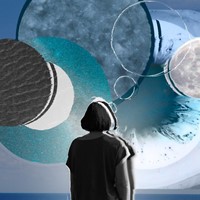Daniel Reynolds tells us what it’s like to be in the business of holographic resurrection
A few weeks ago, Kim Kardashian set the internet alight when she revealed that she hired a private island to throw a lavish party for her 40th birthday, right in the midst of a global health pandemic. “40 and feeling so humbled and blessed,” she said in an Instagram post. “Before COVID, I don’t think any of us truly appreciated what a simple luxury it was to be able to travel and be together with family and friends in a safe environment.”
Inevitably, this sparked a flood of memes mocking her attitude towards the coronavirus, which has now claimed more than 240,000 lives in the US alone. But Kim wasn’t done with controversy there. A couple of days later, she revealed that her husband, Kanye West, had brought her late father back to life via hologram to wish her happy birthday. “Kanye got me the most thoughtful gift of a lifetime,” she said on Twitter. “A special surprise from heaven. A hologram of my dad. It is so lifelike! We watched it over and over, filled with emotion.”
Robert Kardashian died of cancer in 2003 aged 59, but there he stood, a ghostly figure in a pitch-black room, speaking to his family from beyond the grave. “I watch over you and your sisters and brother, and the kids, every day,” the hologram told Kim in a video she shared on Twitter. “All you could hear was each other crying,” Kris Jenner, Kim’s mother, said afterwards. “We were summoned to this room, it was a very dark room, and we sat down. It started and we all just started to cry. It was really wild”.
I can’t even describe what this meant to me and my sisters, my brother, my mom and closest friends to experience together. Thank you so much Kanye for this memory that will last a lifetime ✨ Here’s a more close up view to see the incredible detail. pic.twitter.com/XpxmuHRNok
— Kim Kardashian West (@KimKardashian) October 29, 2020
So how did this happen, and more importantly, why? We caught up with Daniel Reynolds, a co-founder of Kaleida, the company behind the holo-resurrection of Rob Kardashian, to find out:
How long has Kaleida been a company?
Daniel Reynolds: It kind of started six years ago, but not really to form a hologram company. I got together with my co-founder to produce a theatre show that we paid for through crowdfunding and private investment. And then after producing that show, which was entirely holographic, we started getting commercial inquiries. And so we kind of stayed together as a company.
Okay, interesting. How did you get into holographics?
Daniel Reynolds: We were looking at ways to make the show more interesting from a business perspective, and in order to get the funding, one of those was actually producing it using holographic technology, and then to tour it around the country and Europe.
Were you inspired by the Tupac hologram that performed at Coachella?
Daniel Reynolds: That made such a big impression at the time, but actually, there isn't that much to see of it online. Most of the people couldn’t actually see what was on the stage because of the type of hologram it was, it could only be seen from certain angles. Word filtered through to the back of the crowd that a Tupac hologram was on stage, and it kind of blew a lot of people's mind without them actually having seen it or having an understanding of how good it was.
Talk me through how the Rob Kardashian hologram came about.
Daniel Reynolds: I think it was mainly through word of mouth and previous works that we've done. The brief was pretty much what you would expect. The question was always going to be how are we going to make this?
So Kanye West, or someone from his team, asked you out of the blue to bring Robert Kardashian back to life?
Daniel Reynolds: Yeah, pretty much.
That must have been exciting.
Daniel Reynolds: I work in a funny industry. I mean, we get all manner of different requests, and you know, sometimes the requests are unexpected. But we've done resurrections before, political figures, family members, or people that you've just never heard about. I guess it kind of seems surprising to people. But if you think about it, people want to remember their loved ones, whether that's through a photograph, or whether that's through video. Holographic technologies become a more realistic proposition as it becomes more accessible. So you know, why not? I suspect it's going to become more common.
Who else have you been asked to resurrect?
Daniel Reynolds: Most of the work we've done so far isn't actually in the public domain. And currently, a couple of projects we're working on, we can't talk about. See, it goes to the point that not every resurrection is done for public consumption or is shared on social media.
With the Kardashian hologram, how did you decide what Rob was going to say? Did Kanye really make it call him the ‘most most most most most genius man’?
Daniel Reynolds: Yeah, I can't really talk about that.
“Everything comes down to the performance. Especially if you're creating such a hologram for someone's family” – Daniel Reynolds, Kaleida
Talk me through the technical stages of this holographic resurrection, if you could.
Daniel Reynolds: The first stage is, choosing how you are going to recreate this person, and there are different ways that you can do such a thing. You can use a look alike, you can use VFX, where you can composite someone's face onto the body, or you can use machine learning algorithms, which is popularly known as deep fake. he’s
Essentially, you will have an actor performing the part and then you'll have the data of the person you’re resurrecting, which would be videos, images, and it's looking for similarities between the two, and essentially then morphing your subject into the design person. But that's just a part of it. The key aspect is delivering a performance. Is the person moving in the right way, the intonation of the words, even though we use appropriate AI, you know, everything comes down to the performance. Especially if you're creating such a hologram for someone's family, it becomes so much more important. It’s more intimate, and difficult to deliver.
How did you make Rob’s voice feel authentic?
Daniel Reynolds: There is a vocal AI that we use, where we're looking for data, which is audio recordings of the subject, and that's being fed in and it's manipulating the voice to get the accent spot on. It helps if your subject can get somewhere close to the right intonation, but yes, it's tweaking and then using a vocal AI.
Could Kim and her family see Robert from all angles or was it just a front-facing image?
Daniel Reynolds: In this example was using a product called holonet. So in the right lighting conditions, the surface you’re projecting onto becomes completely invisible. So you will come into a space completely unaware that there is a surface – all you're seeing is the hologram. This product works really, really well. They probably could have got about a 180 degree view of Rob, but there is an ideal sort of viewing spot, which is kind of sitting relatively centred.
Where do you think this technology is headed in the future?
Daniel Reynolds: It’s hard to predict during the era of coronavirus, but there will be a growing private demand for this sort of technology and these sorts of resurrections, and bringing people of historical significance back remains quite a popular thing.
Thanks Daniel.
Take a look at a round up of the best memes sparked from Kim Kardashian’s private island birthday here.




